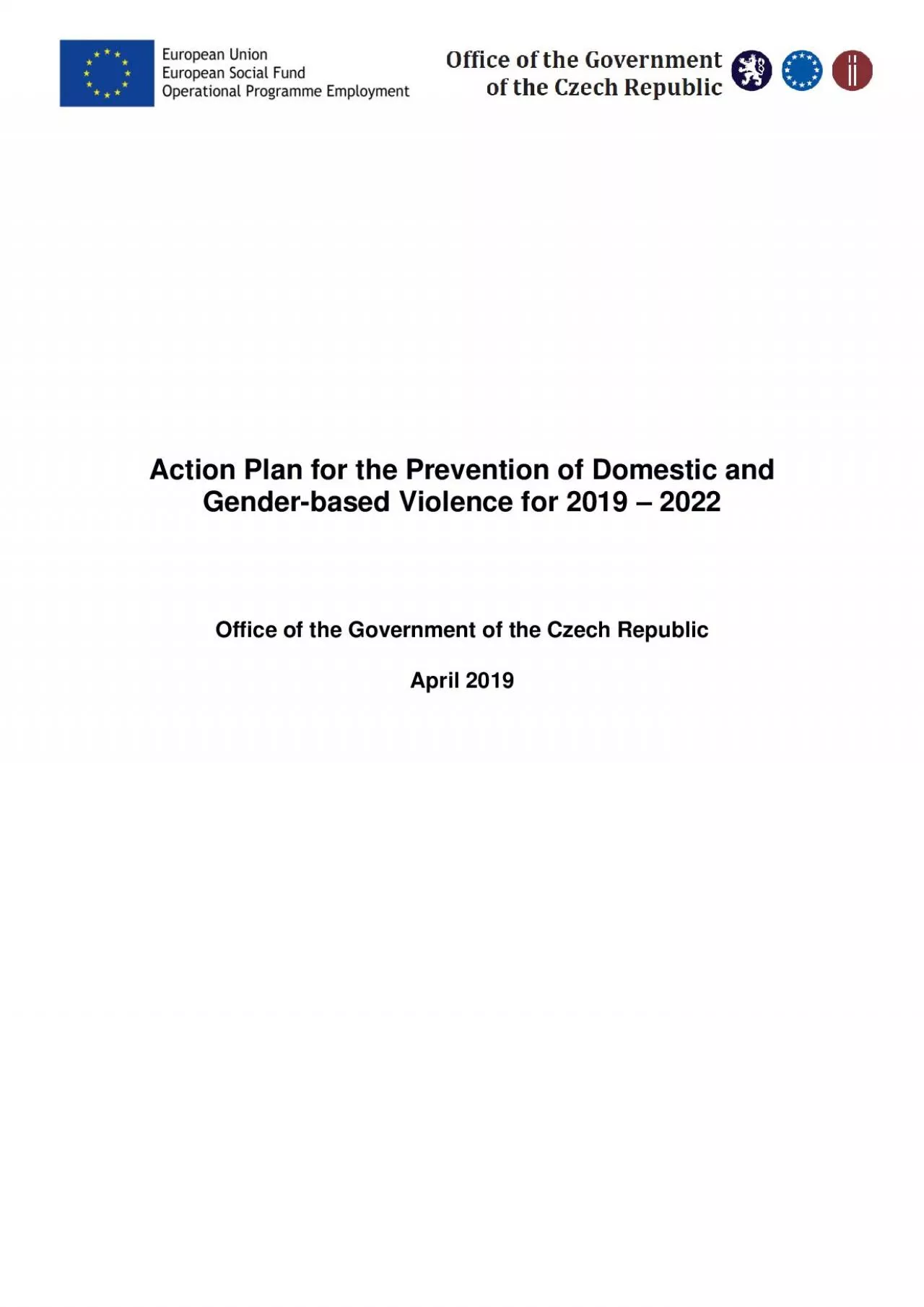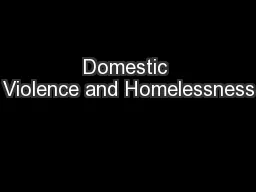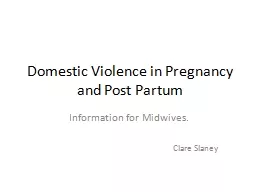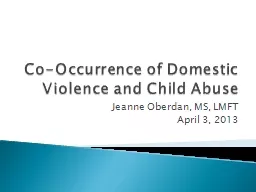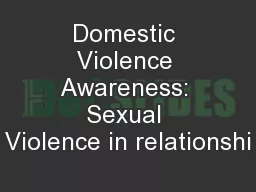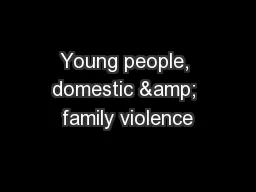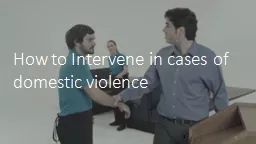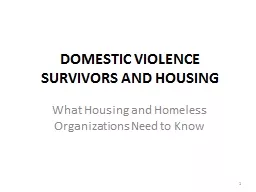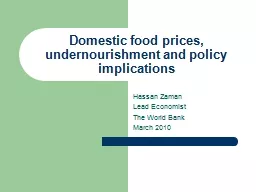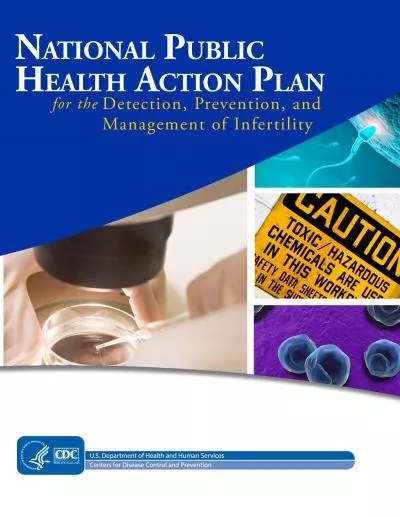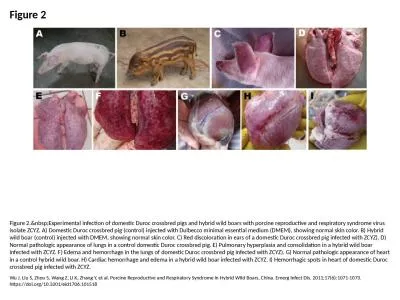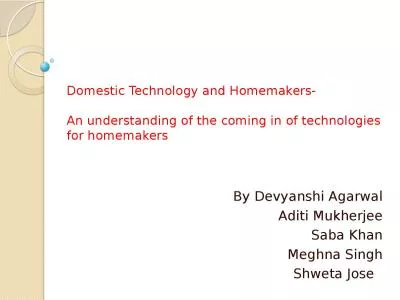PDF-Action Plan for the Prevention of Domestic and
Author : luna | Published Date : 2021-08-23
Genderbased Violence for 2019 2022Office of the Government of the Czech RepublicApril 20192Contents1 Introduction311 Purpose of the Action Plan412 Users of the Action
Presentation Embed Code
Download Presentation
Download Presentation The PPT/PDF document "Action Plan for the Prevention of Domest..." is the property of its rightful owner. Permission is granted to download and print the materials on this website for personal, non-commercial use only, and to display it on your personal computer provided you do not modify the materials and that you retain all copyright notices contained in the materials. By downloading content from our website, you accept the terms of this agreement.
Action Plan for the Prevention of Domestic and: Transcript
Download Rules Of Document
"Action Plan for the Prevention of Domestic and"The content belongs to its owner. You may download and print it for personal use, without modification, and keep all copyright notices. By downloading, you agree to these terms.
Related Documents

